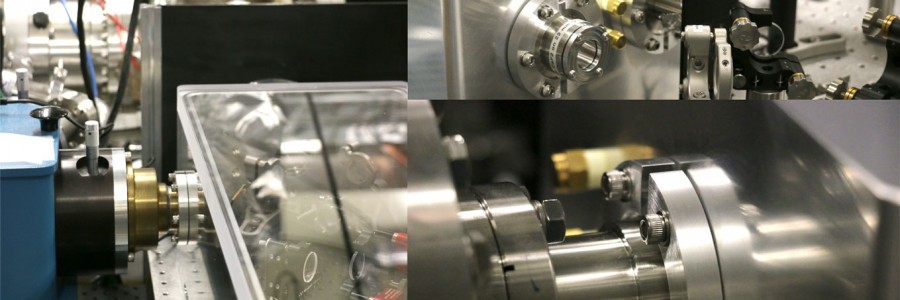Bootstrapping (Ultrafast) Photoionization Dynamics – PQE 2018 (extended) from femtolab.ca on Vimeo.
Talk originally given as a 20min presentation at PQE 2018 (Snowbird, Utah, http://pqeconference.com/pqe2018/program). The original talk was not recorded; this is an extended version using the same slides, but with rather more introductory discussion. The abstract is given below, along with links to additional material.
More details of the work discussed in the main part of the talk can be found in:
Molecular Frame Reconstruction Using Time-Domain Photoionization Interferometry.
Marceau et. al., Physical Review Letters, 119(8), 83401 (2017).
http://doi.org/10.1103/PhysRevLett.119.083401
—
PQE 2018 Abstract
Bootstrapping (Ultrafast) Photoionization Dynamics
Slot: Tuesday Morning Invited Session 1
Session: Ultrafast photoionization dynamics
Photoionization is an interferometric process, in which multiple paths can contribute to the final continuum photoelectron state. At the simplest level, interferences between different final angular momentum states are clearly manifest in the energy and angle resolved photoelectron spectra; metrology schemes making use of these interferograms are thus phase-sensitive, and provide a powerful route to detailed understanding of photoionization.
The high information content of angle-resolved interferograms, combined with geometric control over the photoionization dynamics, can provide sufficient data for reconstruction of the continuum state, in terms of the constituent partial waves and phases. This has recently been explored for a range of cases, including the use of ultrafast pump-probe schemes with a bootstrapping analysis methodology: aspects of this work will be presented.
DOI: 10.6084/m9.figshare.5645509
Refs
Molecular Frame Reconstruction Using Time-Domain Photoionization Interferometry
Marceau, C., Makhija, V., Platzer, D., Naumov, A. Y., Corkum, P. B., Stolow, A., Villeneuve, D. M., Hockett, P. (2017). Physical Review Letters, 119(8), 83401. http://doi.org/10.1103/PhysRevLett.119.083401
Coherent control of photoelectron wavepacket angular interferograms.
Hockett, P., Wollenhaupt, M., & Baumert, T. (2015). Journal of Physics B: Atomic, Molecular and Optical Physics, 48(21), 214004. http://doi.org/10.1088/0953-4075/48/21/214004
Complete Photoionization Experiments via Ultrafast Coherent Control with Polarization Multiplexing.
Hockett, P., Wollenhaupt, M., Lux, C., & Baumert, T. (2014). Physical Review Letters, 112(22), 223001. http://doi.org/10.1103/PhysRevLett.112.223001
Coherent imaging of an attosecond electron wave packet.
Villeneuve, D. M., Hockett, P., Vrakking, M. J. J., & Niikura, H. (2017). Science, 356(6343), 1150–1153. http://doi.org/10.1126/science.aam8393





